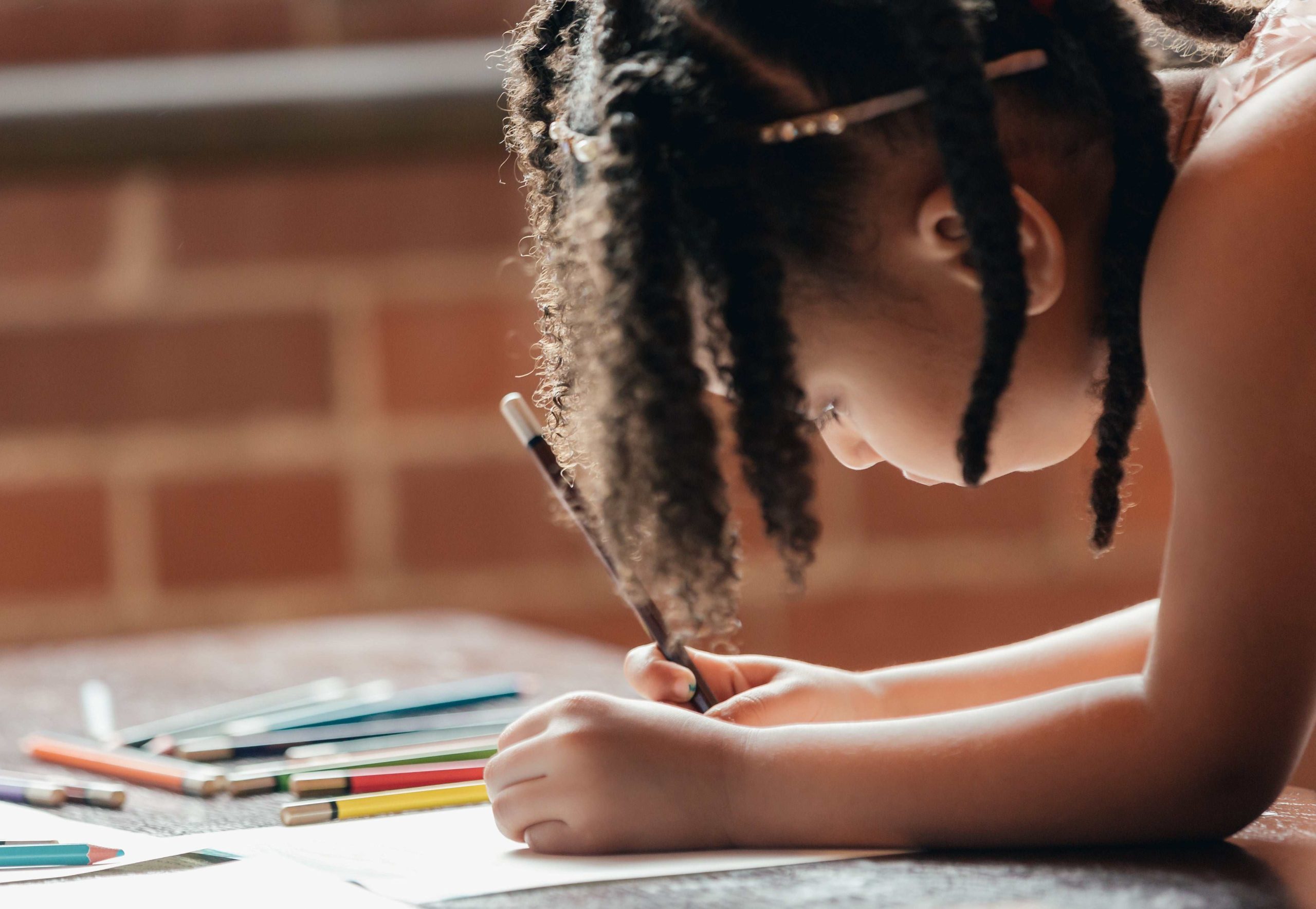
The Crucial Role of Drawing in Developing Hand-Eye Coordination for Preschoolers
Drawing is a basic form of expression enjoyed by people of all ages and cultures, providing preschoolers with a way to express creativity and a crucial tool for developing hand-eye coordination. In this article, we explore the importance of drawing in learning and how it enhances hand-eye coordination in preschoolers.
Importance of Drawing in Preschool Years
Drawing is vital for preschoolers’ overall development due to several reasons:
1. Fine Motor Skills: Drawing aids the development of fine motor skills, essential for activities like writing, buttoning clothes, and using utensils.
2. Creativity: Drawing allows preschoolers to express creativity and imagination, vital for cognitive development.
3. Communication: Preschoolers use drawing to communicate thoughts and feelings before expressing them in words.
4. Concentration: Drawing requires focus and concentration, enhancing cognitive skills like attention and memory.
5. Self-Expression: Drawing provides a safe outlet for self-expression, fostering a positive self-image.
6. Problem-Solving: Preschoolers engage in problem-solving through drawing, developing critical skills for success.
Hand-Eye Coordination and Drawing
Drawing significantly contributes to the development of hand-eye coordination in preschoolers:
1. Hand-Eye Coordination: Drawing necessitates hand-eye coordination, crucial for activities like playing sports, typing, and tool usage.
2. Pre-Writing Skills: Drawing aids in pre-writing skills, including holding a pencil, tracing lines, and shapes.
3. Color and Shape Recognition: Drawing with different colors and shapes enhances recognition and differentiation skills.
4. Emotional Regulation: Drawing serves as a calming activity, helping preschoolers regulate emotions and manage stress.
5. Social Skills: Collaborative drawing fosters social skills such as sharing, taking turns, and teamwork.
6. Language Development: Drawing provides language practice, allowing preschoolers to name, describe, and narrate their drawings.
Additional Benefits of Drawing
Beyond hand-eye coordination, drawing offers diverse benefits for preschoolers:
1. Imagination and Creativity: Drawing allows preschoolers to unleash imagination and creativity, boosting self-esteem.
2. Cultural Awareness: Exposure to different perspectives through drawing promotes cultural understanding.
3. Sense of Achievement: Completing drawings instills a sense of accomplishment, motivating continued learning.
4. Relaxation and Stress Reduction: Drawing serves as a relaxing and enjoyable stress-relief activity.
5. Mindfulness: Drawing promotes mindfulness, aiding emotional regulation and coping with difficult emotions.
6. Academic Readiness: Drawing prepares preschoolers for academic success by enhancing cognitive abilities.
What is Hand-Eye Coordination?
Hand-eye coordination involves synchronizing visual information and hand movements accurately. It is crucial for tasks like writing, typing, playing sports, and driving. Good hand-eye coordination enables preschoolers to perform precise activities effectively.
The Benefits of Drawing for Developing Hand-Eye Coordination
Drawing requires high hand-eye coordination, strengthening the connection between visual and motor systems. It also aids fine motor skills, focusing attention, and developing visual-spatial skills. Drawing contributes not only to physical but also cognitive and social development in preschoolers.
How Drawing Helps with Cognitive Development
Besides enhancing hand-eye coordination, drawing plays a crucial role in cognitive development. It stimulates imagination, creativity, and problem-solving skills, contributing to improved memory, attention, and perception in preschoolers.
The Role of Drawing in Developing Social Skills
Drawing is not solely a solitary activity; it fosters social skills when preschoolers draw together. It encourages communication, sharing ideas, and collaboration, enhancing social interaction and emotional intelligence.
Integrating Drawing into Early Childhood Education
Drawing should be integral to early childhood education, serving as a tool to teach various subjects. Educators can use drawing to reinforce concepts in math, science, and language, providing a form of assessment for cognitive, motor, and social skills.
Conclusion
In conclusion, drawing plays a crucial role in developing hand-eye coordination, contributing to cognitive, motor, and social development in preschoolers. Encouraging drawing as a tool for learning and expression can set a strong foundation for success in various life aspects. Recognizing the multifaceted benefits of drawing is essential for caregivers, parents, and educators to nurture preschoolers’ creativity and skills.
Other Benefits of Drawing for Preschoolers
Beyond improving hand-eye coordination, drawing offers various other benefits:
1. Cognitive Development: Drawing stimulates creativity, problem-solving, and memory in preschoolers.
2. Social Skills: Drawing promotes interaction, sharing, and effective communication among preschoolers.
3. Emotional Development: Drawing allows emotional expression, contributing to positive self-esteem and stress reduction.
Conclusion
Drawing is a valuable activity for preschoolers, promoting overall development and enhancing hand-eye coordination. Recognizing its importance, caregivers and educators must encourage drawing to unleash creativity and foster development. Drawing offers myriad benefits, making it an essential tool for learning and development in every preschooler’s life.


